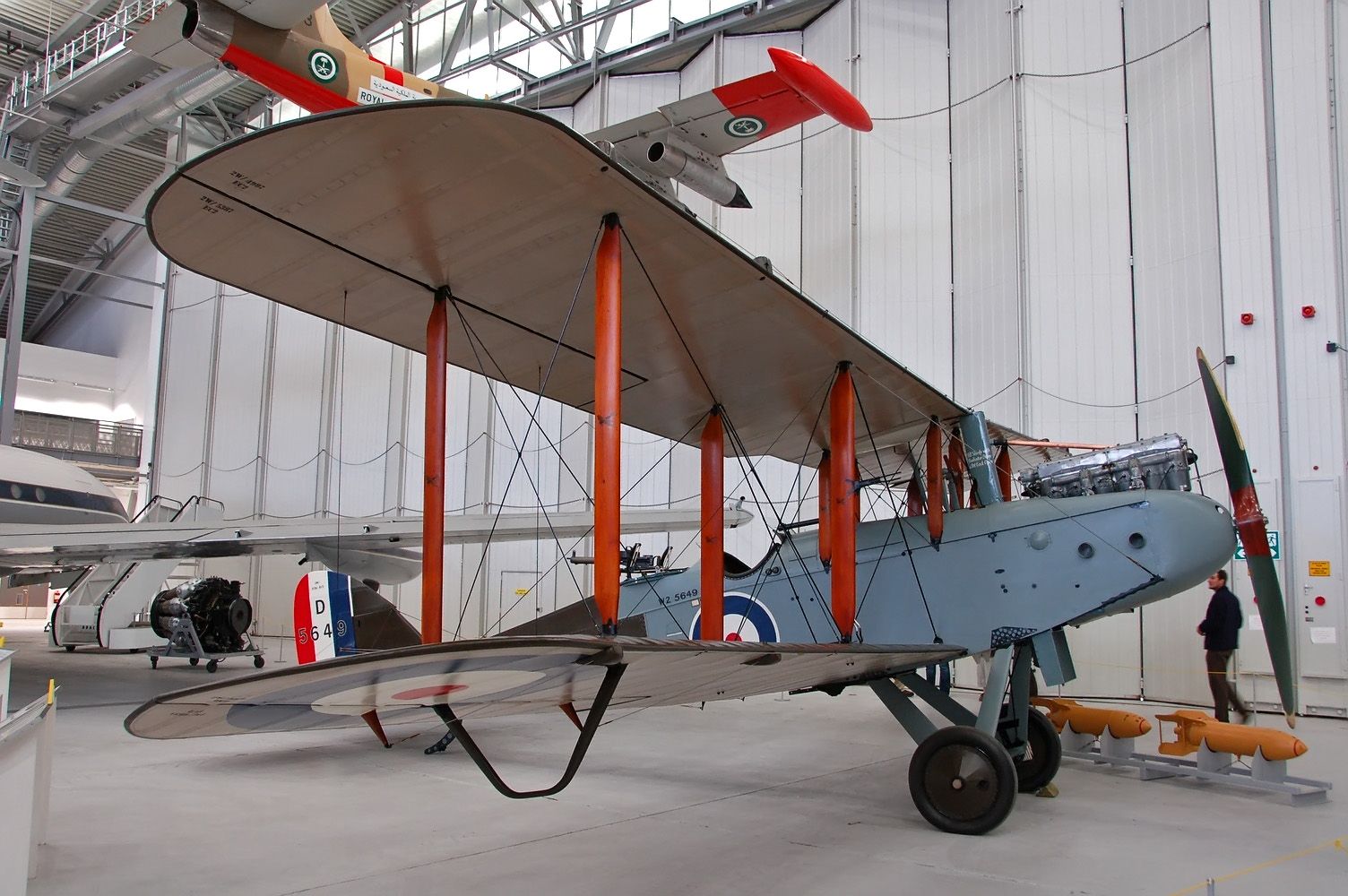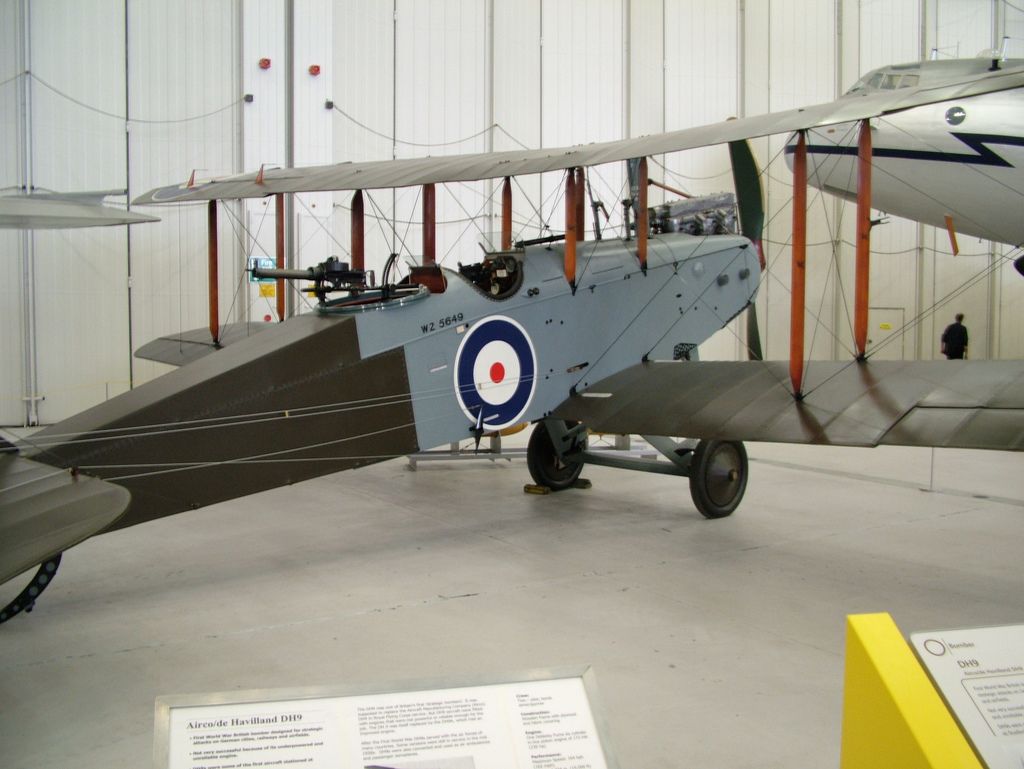When the Compagnie de Lignes Aériennes Latécoère established its air services between Toulouse, Barcelona, Alicante, Málaga, and Casablanca on September 1, 1919, the Spanish government and King Alfonso XIII were not happy. It had nothing to do with the air transport company and everything to do with it being French and not Spanish.
To remedy the situation, a decision was taken to create a Spanish airline for the arduous land routes hampering the Spanish postal system.
Of the three routes proposed, only the Seville to Larache in northwest Morocco was accepted. Mainly due more to military needs in the Moroccan Protectorate than the actual delivery of mail.
Talleres Hereter was eventually awarded the contract
Despite several companies bidding for the contract, it was whittled down to just two bidders, Talleres Hereter and the Spanish Air Transport Company (Compañía Española de Transportes Aéreos). On January 23, 1921, the contract was awarded to the Spanish Air Transport Company. This infuriated Talleres Hereter, whose representative Jorge Loring protested the decision to high-level government officials. The decision was overturned, and the contract was awarded to Talleres Hereter.
CETA replaced Talleres Hereter
Despite winning the contract, Talleres Hereter was in financial difficulties and used legal devices to transfer the postal agreement to a new airline. The new company was called the Spanish Air Traffic Company (CETA) in Spanish.
With the objective of operating airlines, building aviation devices and balloons, CETA was established on June 25, 1921. The company began life with a million pesetas of capital divided into two thousand shares of five hundred pesetas each. The first two aircraft the company purchased were de Havilland DH.4 and DH.9 bombers that de Havilland agreed to modify for civilian use.
Delivery of the first of two DH.9Cs took place on September 19, 1921, at Croydon Airport in London, from where they flew to San Sebastián in Spain. After clearing customs and paying import duty, the planes flew to Madrid. They then flew on to Seville from Madrid, where they would be used on the Seville to Larache mail route. The first Spanish airline service began on October 10, 1921, with a one-hour and 45-minute 186-mile flight from the Andalucian capital to Morocco.
Encouraged by the success of the mail route, CETA asked the Ministry of Public Works to permit it to operate passenger and cargo flights from Madrid to Barcelona, Irún, Seville, and Valencia. The Madrid to Barcelona and Madrid to Seville flights were approved by the government to transport passengers on the Seville to Larache. Now able to carry passengers, CETA flights to Morocco made stops at Lebrija, Jerez, Vejer de la Frontera, Tarifa, and Tangier.
Stay informed: Sign up for our daily and weekly aviation news digests.
Spain's first civilian air crash happened south of Tangier
Spain's first civilian aviation tragedy occurred on October 23, 1922, when one of CETA's DH.9Cs crashed in the mountains south of Tangier, killing Argentinian pilot Juan José Stegue. A month later, CETA replaced the lost aircraft with a new DH.9C and also acquired the first of the airline's two Dornier Komets. While the pilots still had to brave the elements, the enclosed cabin on the Komets offered greater comfort to the passengers.
After almost a decade of providing a secure regular air service during the difficult years of early Spanish aviation, CETA's run as an airline ended when it was integrated into a state-owned company called "Concesionaria de Lineas Aereas Subvencionadas S.A."



.jpg)